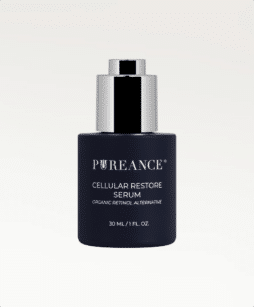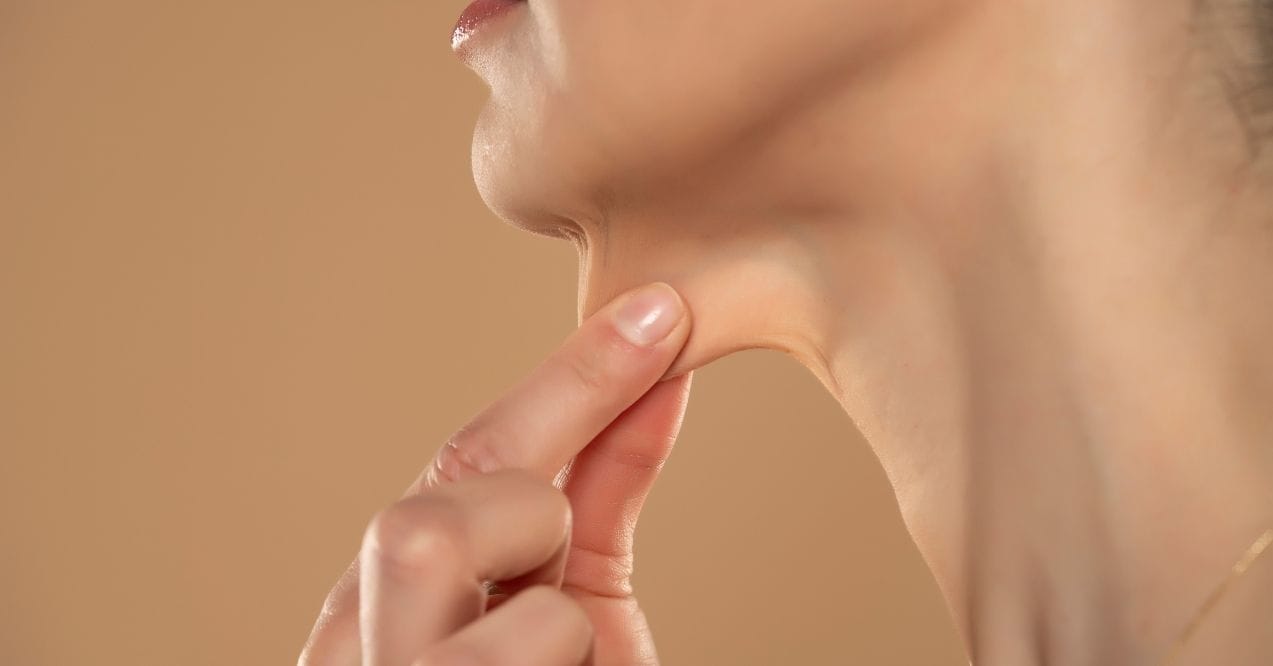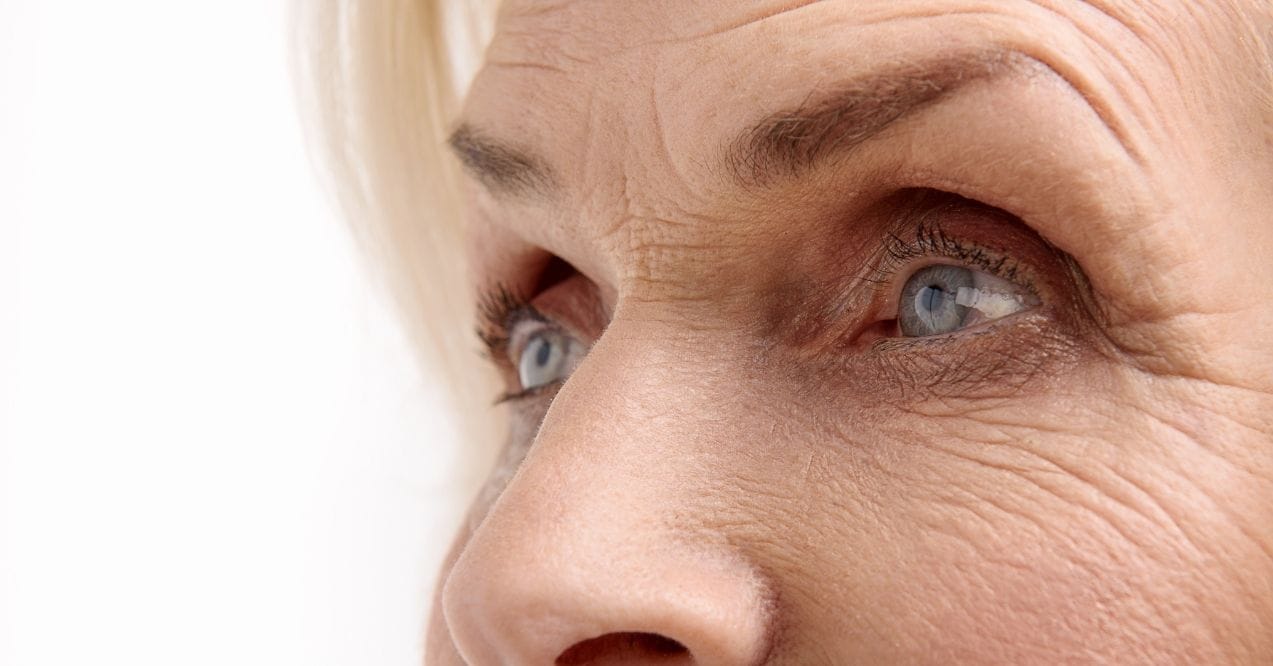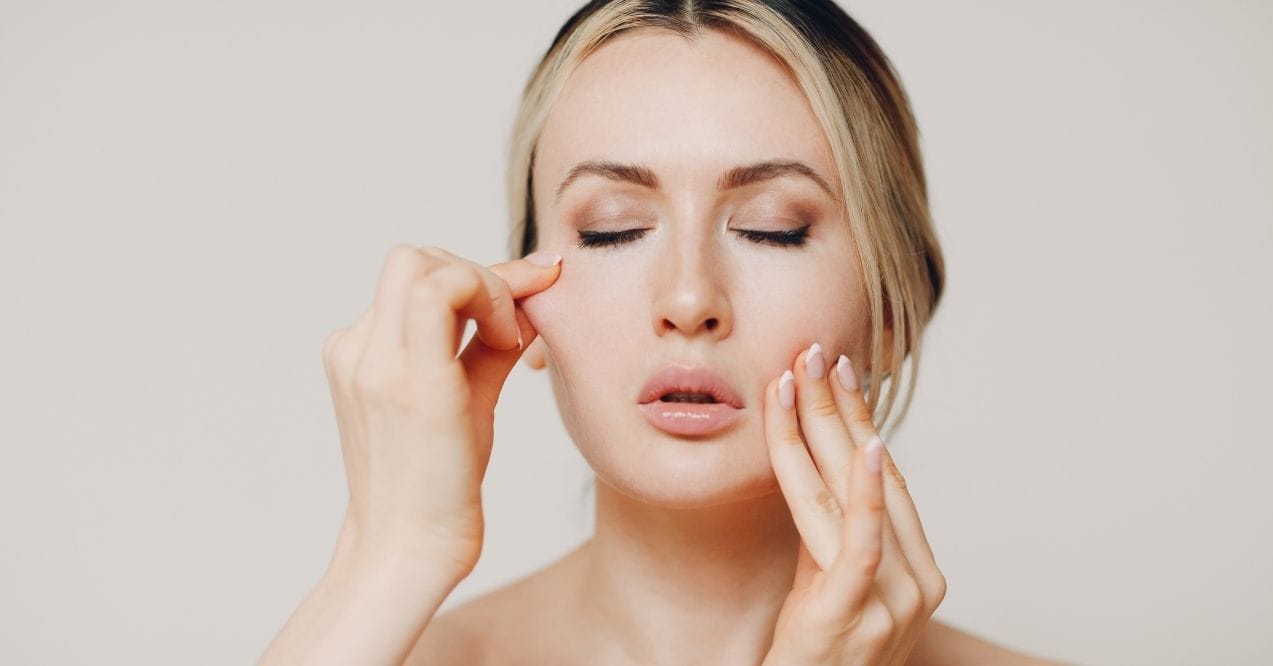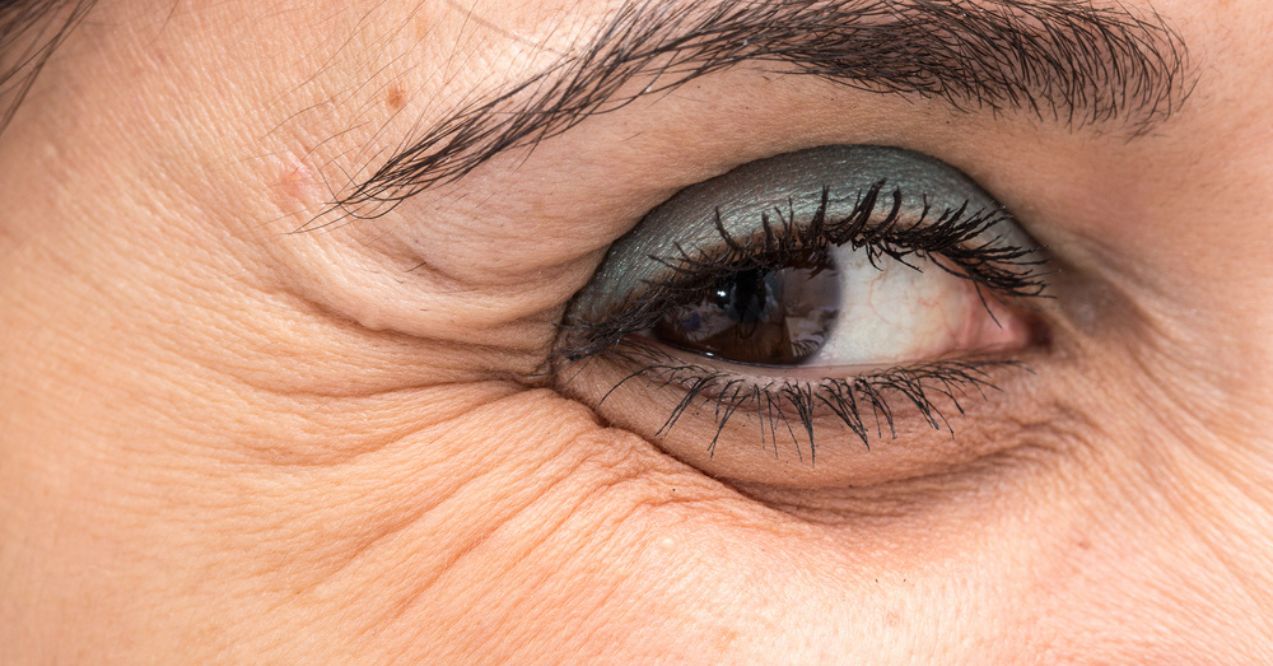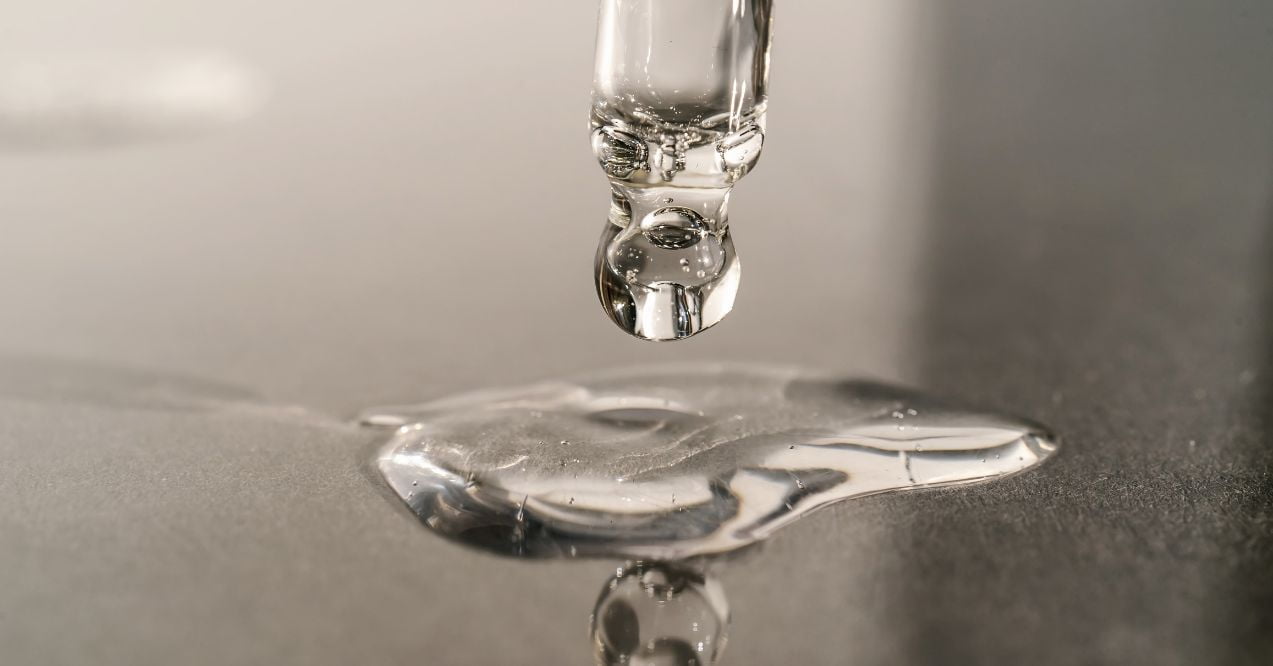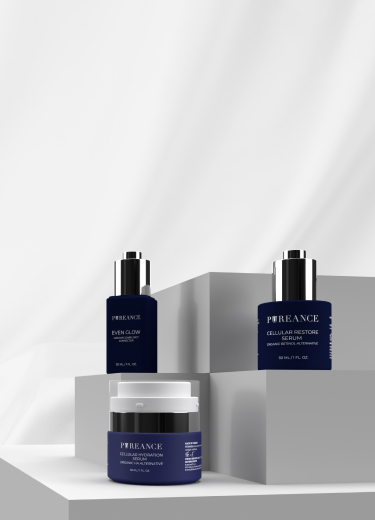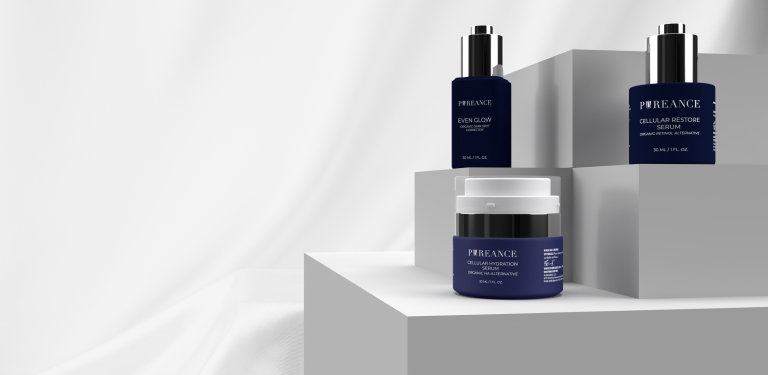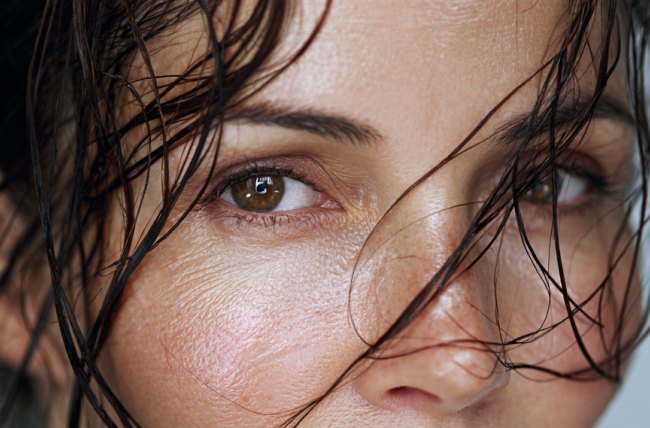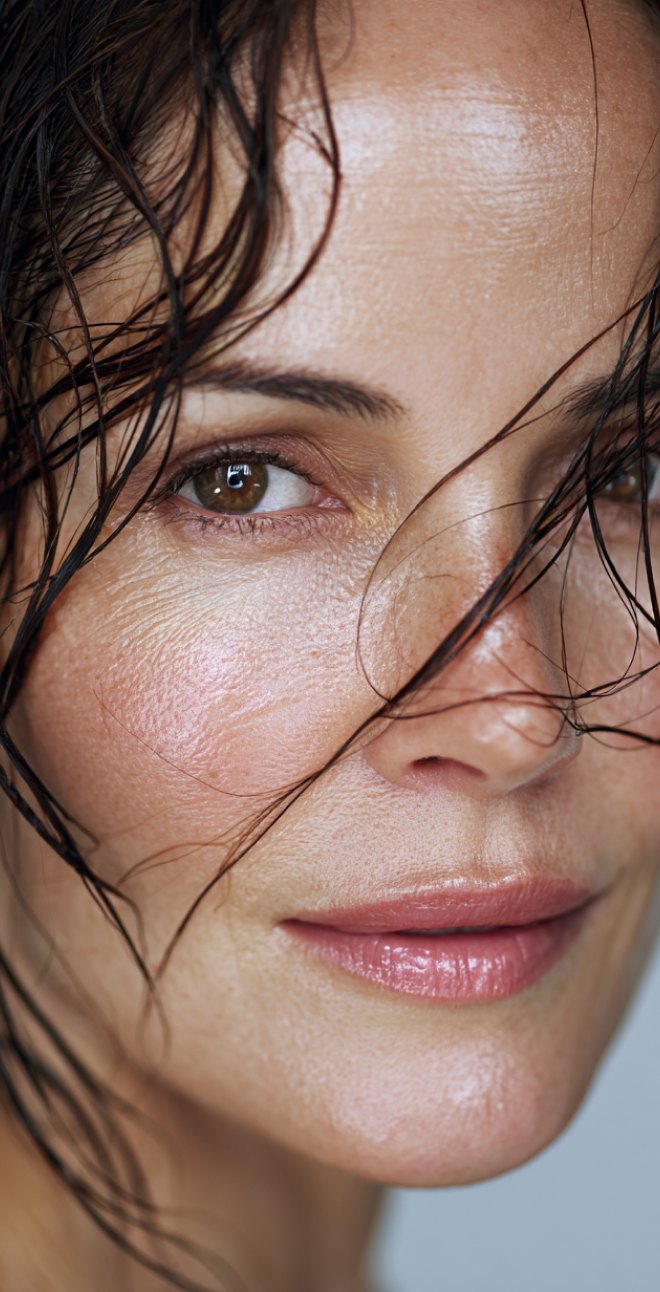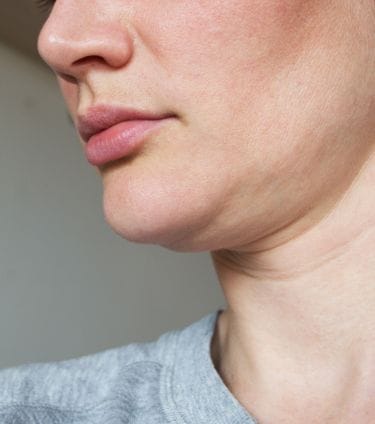
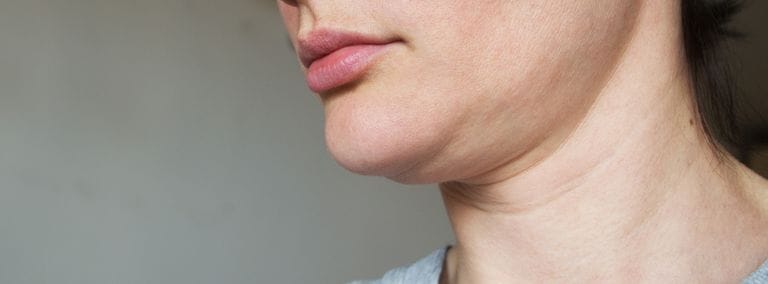

Sagging Skin Face: Causes & Best Ways to Firm It
Have you glanced in the mirror lately and noticed your cheeks aren’t sitting quite as high as they used to? You’re definitely not alone! Many of us reach a point where we look in the mirror and wonder what happened to that youthful lift we once took for granted.
Sagging facial skin is a natural part of life’s journey, but it’s not just about birthdays adding up. Your daily habits, environmental factors, and skincare routine all play significant roles too. While there’s no magic wand to restore your 25-year-old face overnight (wouldn’t that be nice!), there are many effective ways to improve firmness and elasticity over time.
In this guide, we’ll explore why sagging skin face happens in the first place, share natural approaches to improve firmness, and look at some clinical options that really work. Ready to give gravity a run for its money?
Key Article Findings
- Facial sagging stems from collagen loss, UV damage, and lifestyle factors—a multi-pronged approach works best.
- Consistent facial exercises, targeted skincare, and nutrition can visibly improve firmness over time.
- Daily sun protection is essential for preventing further sagging while other treatments work.
What Causes Sagging Skin on Face?
Understanding why your skin begins to droop is the first step toward addressing it. Let’s look at the main factors behind facial sagging and how they affect women at different life stages.
Natural Aging & Collagen Loss
Think of collagen and elastin as your skin’s natural support system – they’re the proteins that keep everything firm, plump, and bouncy. As we age, our bodies naturally produce less of these crucial proteins. In fact, after age 20, we lose about 1% of our collagen each year. This gradual decline is what leads to face sagging over time.
Here’s how skin typically changes through the decades:
- 20s – Collagen production begins slowing, but changes aren’t usually visible yet
- 30s – Fine lines may appear, skin might look less plump
- 40s – Elasticity noticeably decreases, jawline may begin softening
- 50s+ – Significant reduction in firmness, more pronounced sagging around cheeks, jawline, and neck
While these changes are completely natural, understanding your skin’s timeline helps you provide the right support at the right time.
Lifestyle & Environment
Mother Nature can be tough on our skin! Sun exposure is one of the biggest culprits behind premature sagging. UV rays break down collagen and elastin fibers, weakening the skin’s structure and leading to what dermatologists call “photoaging.”
Smoking and air pollution create free radicals – unstable molecules that damage skin cells and accelerate aging. Each puff of a cigarette releases thousands of these harmful molecules, while city living exposes you to countless pollutants daily. This can also be the answer for those who wonder what causes uneven skin tone.
What you eat (or don’t eat) also plays a major role. Your skin needs proper nutrition and hydration to maintain its structure. Without enough water and nutrients like vitamins C and E, your skin struggles to produce new collagen and repair existing damage.
Facial Volume Loss & Gravity
As we age, the fat pads that give our face that youthful fullness begin to shift downward, creating hollow areas under the eyes and around the cheeks. Combined with gravity’s constant pull, this leads to saggy face skin, particularly around the jawline where jowls form.
Think of it like a mattress that’s lost its stuffing over time – without that inner support, the outer covering (your skin) begins to sag and fold.
Facial muscles also lose tone with age, further contributing to drooping. When muscles weaken, they provide less support to the skin that covers them, allowing gravity to have an even greater effect.
Weight Changes & Skin Elasticity
Why face skin is sagging after losing weight? Well, significant weight loss, especially when it happens quickly, can leave skin looking loose and saggy. This happens because skin stretches to accommodate weight gain, but doesn’t always bounce back when the weight comes off.
Your ability to recover skin elasticity after weight changes depends on several factors, including:
- Your age (younger skin tends to recover better)
- How much weight was lost
- How quickly the weight came off
- Your genetics (some people naturally have more elastic skin)
- Your skin’s overall health and hydration levels
Gradual weight loss gives your skin more time to adjust, which can help minimize sagging compared to rapid drops in weight.
Can You Reverse Sagging Skin on Face?
Let’s be honest – we’ve all been tempted by those ads promising to “turn back the clock” overnight. But here’s the truth: there’s no magic cream or instant solution that will completely reverse years of natural aging.
That said, don’t put away your mirror just yet! While complete reversal isn’t realistic, significant improvement absolutely is. The key is understanding that firming sagging skin is more like a journey than a quick fix. With consistent care and the right approaches, you can achieve noticeable improvements in firmness, elasticity, and overall appearance.
Think of it like fitness – you wouldn’t expect to get in shape after one workout, and your skin works the same way. Consistent effort over time yields the best results. The good news? Unlike many aspects of aging, facial sagging can be improved through multiple approaches working together.
How Long Does It Take to See Results?
Patience really is a virtue when it comes to skin improvements. Here’s a realistic timeline of what to expect:
Skincare Products (4-12 weeks)
- Hydrating ingredients – You may notice plumper, more radiant skin within days
- Retinol and peptides – Initial improvements in 4-6 weeks, more significant results after 3+ months
- Most active ingredients – Full benefits appear after consistent use for one skin renewal cycle (about 28-40 days, depending on your age)
Lifestyle Changes (2-6 months)
- Improved diet and hydration – Subtle improvements within weeks, more noticeable changes after 2-3 months
- Facial exercises – Initial muscle tone improvements in 3-4 weeks, visible lifting effects after 2-3 months of consistent practice
- Sun protection – Prevents further damage immediately, but reversal of existing damage takes months
Clinical Treatments (varies)
- Non-invasive treatments (radiofrequency, ultrasound) – Some immediate tightening, with results improving over 2-3 months as collagen rebuilds
- Injectable options – Often provide immediate volume, with full results visible within 1-2 weeks
- Surgical approaches – Initial healing takes weeks, final results visible after several months
Best Natural Ways to Firm Sagging Facial Skin
Before turning to expensive clinical procedures, try these natural approaches that work with your body’s own regenerative abilities. These methods cost little or nothing, yet can make a significant difference when practiced consistently.
1. Facial Exercises & Massage Techniques
Just like the rest of your body, your facial muscles need regular workouts! Targeted exercises can tone the underlying muscles that support your skin, helping to reduce sagging skin face concerns. Plus, they’re free and can be done anywhere!
Try these simple exercises daily:
- Cheek Lifter – Smile widely, then press fingertips gently on the top of your cheekbones. Lift cheeks slightly upward while maintaining the smile. Hold for 5 seconds. Repeat 10 times.
- Jawline Sculptor – Tilt your head back slightly and look at the ceiling. Press your tongue firmly against the roof of your mouth. Hold for 10 seconds while feeling the tension along your jawline. Repeat 5 times.
Facial massage is equally beneficial. Using upward circular motions with your fingertips helps stimulate circulation and lymphatic drainage, reducing puffiness while giving your complexion a natural lift. Spend just 5 minutes daily massaging with a facial oil for best results.
2. Best Skincare Ingredients
The right ingredients make all the difference when addressing sagging:
- Peptides signal your skin to produce more collagen, improving firmness over time
- Bakuchiol (a plant-based retinol alternative) supports skin renewal without irritation
- Hyaluronic Acid draws moisture into the skin, creating a plumping effect that makes sagging less noticeable
- Ceramides strengthen your skin’s moisture barrier, preventing dehydration that can emphasize sagging
- Antioxidants like Vitamin C, Green Tea, and Niacinamide protect against further damage while brightening your complexion
3. Hydration & Nutrition
What you put in your body is just as important as what you put on it. For those wondering how to get plump skin, nutrition plays a crucial role.
Collagen-boosting foods to enjoy daily:
- Protein-rich foods like eggs, beans, and fish
- Vitamin C sources such as citrus fruits, strawberries, and bell peppers
- Leafy greens containing skin-supporting minerals
- Colorful vegetables packed with antioxidants
Omega-3 fatty acids from foods like walnuts, flaxseeds, and fatty fish help maintain your skin’s lipid barrier, keeping it supple and moisturized from within.
Don’t forget water! Aim for at least 8 glasses daily. When your skin is well-hydrated, it appears fuller and fine lines become less noticeable.
4. Sun Protection & Anti-Pollution Skincare
Prevention is always easier than correction. Daily sunscreen is your best defense against further sagging – even on cloudy days and in winter. Look for broad-spectrum SPF 30+ and reapply every two hours when outdoors.
Consider adding an antioxidant serum to your morning routine to shield against environmental damage. These powerful formulas neutralize free radicals before they can harm your skin cells and break down collagen.
Effective Treatments to Lift & Tighten Sagging Skin
When natural methods aren’t delivering the results you want, professional treatments can provide more dramatic improvements. Here’s a breakdown of options from least to most intensive.
1. Non-Invasive Skin Tightening Treatments
These gentle yet effective treatments stimulate your skin’s natural regenerative processes without needles or surgery:
- Radiofrequency Treatments like Thermage use controlled heat to trigger collagen production deep within the skin. They’re particularly effective for mild to moderate sagging around the jawline.
- Ultrasound Therapy (Ultherapy) delivers focused sound energy to the deeper skin layers, stimulating new collagen growth. Many women see gradual lifting and tightening over 2-3 months following treatment.
- Microneedling with PRP uses tiny needles to create microscopic channels in the skin, prompting natural healing. When combined with platelet-rich plasma from your own blood, it’s excellent for those wondering how to improve skin texture while addressing sagging concerns.
2. Injectable Options for a Firmer Look
Strategic injections can restore volume lost with age and stimulate your skin’s natural firmness:
- Hyaluronic Acid Fillers instantly replace lost volume in areas like the cheeks and temples, creating a lifting effect that reduces the appearance of sagging. Results typically last 6-18 months.
- Collagen-Stimulating Injectables work differently by encouraging your body to build its own support structure. They deliver more gradual, longer-lasting results (up to 2 years) by rebuilding the foundation beneath the skin.
3. Advanced Clinical Procedures
For more significant sagging, these options provide more dramatic results:
- Laser Resurfacing treatments remove damaged outer skin while heating deeper layers to stimulate collagen. They address both skin texture and firmness simultaneously, though they require more downtime than non-invasive options.
- Thread Lifts use dissolvable threads placed under the skin to physically lift sagging areas. As they dissolve, they stimulate collagen production along their path, providing both immediate and gradual improvement.
- Mini-Facelifts offer a less extensive alternative to traditional facelifts, focusing on specific areas like the lower face and neck. They provide the most dramatic and long-lasting results for moderate to severe sagging.
Best Skincare Routine for Sagging Skin on Face
Consistency is key when it comes to addressing facial sagging. This simple yet effective routine focuses on ingredients that support your skin’s firmness both day and night. Follow these steps to maximize results from your skincare products.
Morning Routine
Step 1: Gentle Cleanse
Start with a hydrating cleanser that removes overnight buildup without stripping essential oils. Look for formulas with glycerin or honey to maintain moisture while cleansing.
Step 2: Antioxidant Protection
Apply a Vitamin C serum to brighten and protect collagen from daily environmental damage. Pat gently onto skin and allow to absorb for maximum effectiveness.
Step 3: Targeted Firming
Layer a peptide-rich moisturizer over your serum to signal collagen production throughout the day. Choose lighter textures that won’t interfere with makeup application.
Step 4: Sun Protection
Finish with broad-spectrum SPF 30+ sunscreen – this is non-negotiable! UV rays are the number one cause of premature skin sagging, so this step prevents further damage while your other products work on repair.
Night Routine
Step 1: Double Cleanse
Remove makeup and sunscreen with an oil cleanser first, followed by your regular facial cleanser. This ensures all impurities are removed, allowing active ingredients to penetrate more effectively.
Step 2: Renewal Actives
Apply either retinol (or gentler Bakuchiol) or a concentrated peptide serum. These powerhouse ingredients work while you sleep to renew skin cells and boost collagen production.
Step 3: Rich Moisture
Seal everything in with a ceramide-rich night cream that supports your skin’s barrier function. Apply using upward motions to work against gravity, and don’t forget your neck and décolletage – they show signs of sagging too!
Conclusion
Addressing sagging skin face concerns doesn’t require miracle solutions or complicated procedures. With consistent care and the right approach, you can achieve noticeable improvements in your skin’s firmness and appearance. Remember that combining methods – from daily facial exercises and proper skincare to nutritional support and sun protection – delivers the best results.
Be patient with your skin’s journey. Those small daily habits add up to significant changes over time. Whether you choose to focus on natural solutions or explore professional treatments, the key is consistency and a positive outlook.
Most importantly, embrace your skin at every stage. Firmness is wonderful, but the character and wisdom reflected in your face tell your unique story – and that’s something truly beautiful!
Sagging facial skin results from a combination of collagen and elastin loss, gravity, facial fat pad shifting, sun damage, and lifestyle factors like smoking and poor nutrition. These factors accelerate with age but can begin in your 30s.
While complete reversal isn’t possible, natural methods can significantly improve sagging skin. Consistent facial exercises, collagen-supporting ingredients like peptides and bakuchiol, proper nutrition, hydration, and sun protection all contribute to noticeable firmness improvement over time.
Tighten facial skin through daily facial exercises, using skincare with peptides and retinol alternatives, staying hydrated, eating collagen-boosting foods, protecting from sun damage, and considering professional treatments like radiofrequency or ultrasound therapy when needed.
Yes, facial exercises can be effective for mild to moderate sagging. They tone underlying muscles, improve circulation, and provide natural lift when practiced consistently. Most people notice improvements within 2-3 months of daily practice.
This site offers health, wellness, fitness and nutritional information and is designed for educational purposes only. You should not rely on this information as a substitute for, nor does it replace, professional medical advice, diagnosis, or treatment. If you have any concerns or questions about your health, you should always consult with a physician or other health-care professional. Do not disregard, avoid or delay obtaining medical or health related advice from your health-care professional because of something you may have read on this site. The use of any information provided on this site is solely at your own risk.
Nothing stated or posted on this site or available through any services are intended to be, and must not be taken to be, the practice of medical or counseling care. For purposes of this agreement, the practice of medicine and counseling includes, without limitation, psychiatry, psychology, psychotherapy, or providing health care treatment, instructions, diagnosis, prognosis or advice.
